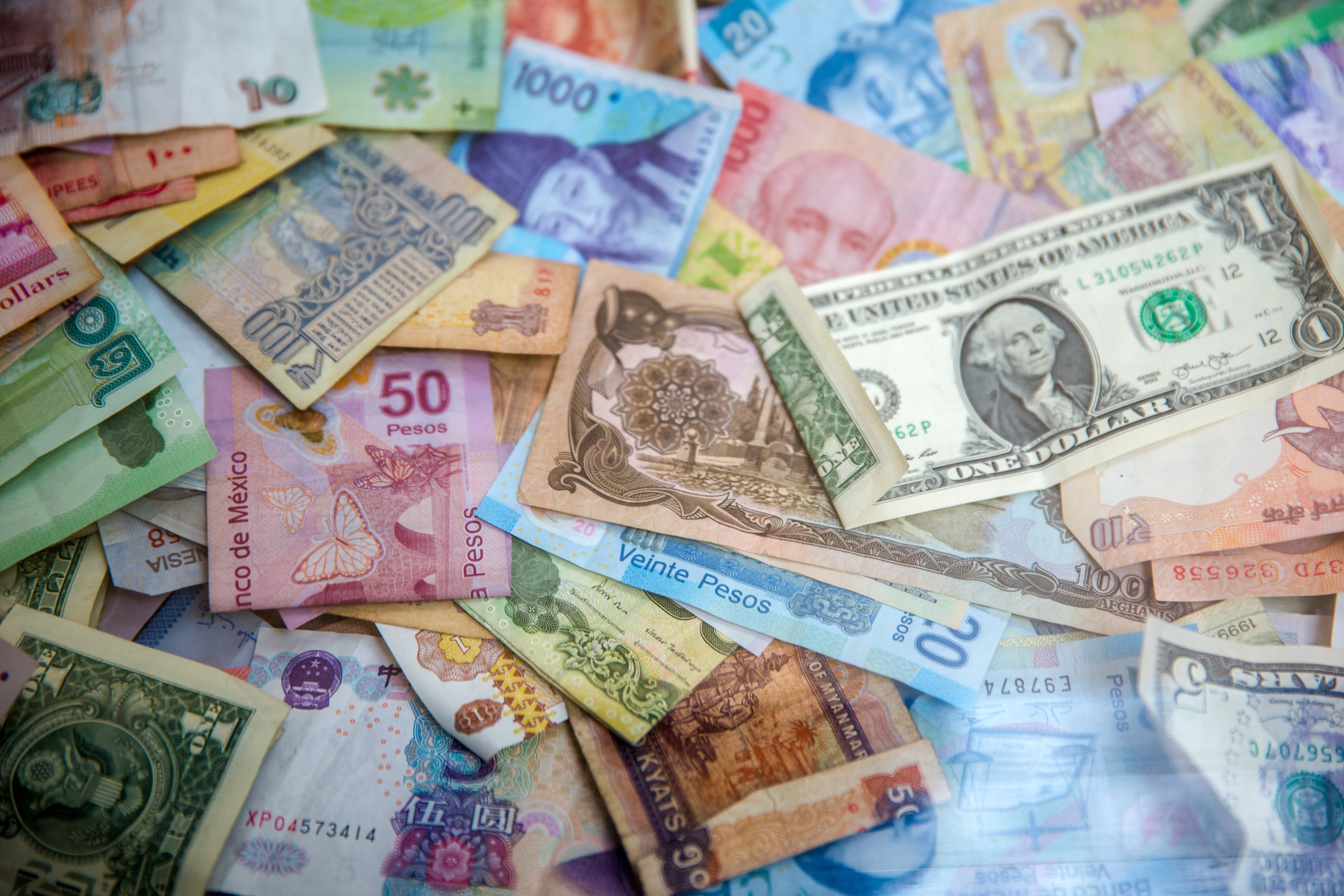Turnaround Tuesday – Why Some Currencies Recovered & Others Didn’t
Stocks bounced back sharply on Tuesday as the S&P 500 erased nearly all of Monday’s losses. Investors were relieved that Treasury yields stopped falling but beyond that, there was no specific news or catalyst. The COVID-19 delta variant is a big worry but as long as hospitalizations and serious complications are limited in countries with high vaccination rates, investors are buying the dips. That could change quickly but for now, medical experts and government leaders continue to believe that more widespread vaccination is the solution to slowing the spread of the delta variant.

Photo by Jason Leung on Unsplash
With that said, most of the major currencies did not participate in the recovery. In fact, Euro, sterling, the Australian and New Zealand dollars extended their losses against the greenback. Investors bought dollars against all of the major currencies with the exception of the Canadian dollar. EUR/USD hit a fresh 3 month low which is no surprise ahead of Thursday’s European Central Bank rate decision. AUD/USD hit its lowest level in 8 months after the minutes from the last Reserve Bank meeting was released. The RBA made it clear that they don’t see conditions for a rate hike being met before 2024. Instead, lockdowns in Sydney and Melbourne have a number of economists calling for a reverse taper.
Australia’s central bank is the only major central bank that could take a big step back and reverse its decision to taper bond purchases next month. Earlier this month confidence in the economy encouraged the RBA to reduce purchases by A$1 billion a week. Since then 50% of the country has been forced into lockdown with no end in sight. Even if they do not reverse taper in August, their outlook will be more cautious and they will emphasize the need for ongoing stimulus, leaving investors with the sense that they will be one of the last central banks to raise interest rates. Looking ahead, Australian retail sales are due for release this evening and the lockdown is widely expected to curtain spending.
On “Freedom Day” sterling was one of the worst performers. Although most pandemic restrictions have been lifted, the fact that the Prime Minister is in quarantine and the U.S. warned against travel to the U.K., there’s little confidence these steps won’t result in a surge in new cases and hospitalizations. It will be a true test of how the coronavirus affects normal life for a country with fairly widespread vaccinations.
All of the Japanese Yen and Swiss Franc crosses snapped back but their recoveries barely put a dent into yesterday’s decline. The Canadian dollar was the best performer. The improvement in risk appetite, recovery in oil prices, and plans to reopen the Canada-U.S. travel border next month are some of the many reasons for the loonie’s recovery. The Bank of Canada expressed their confidence in the economy by tapering asset purchases at their last meeting. The economic boost from travel could nudge the central bank to normalize monetary policy again in the fall.



